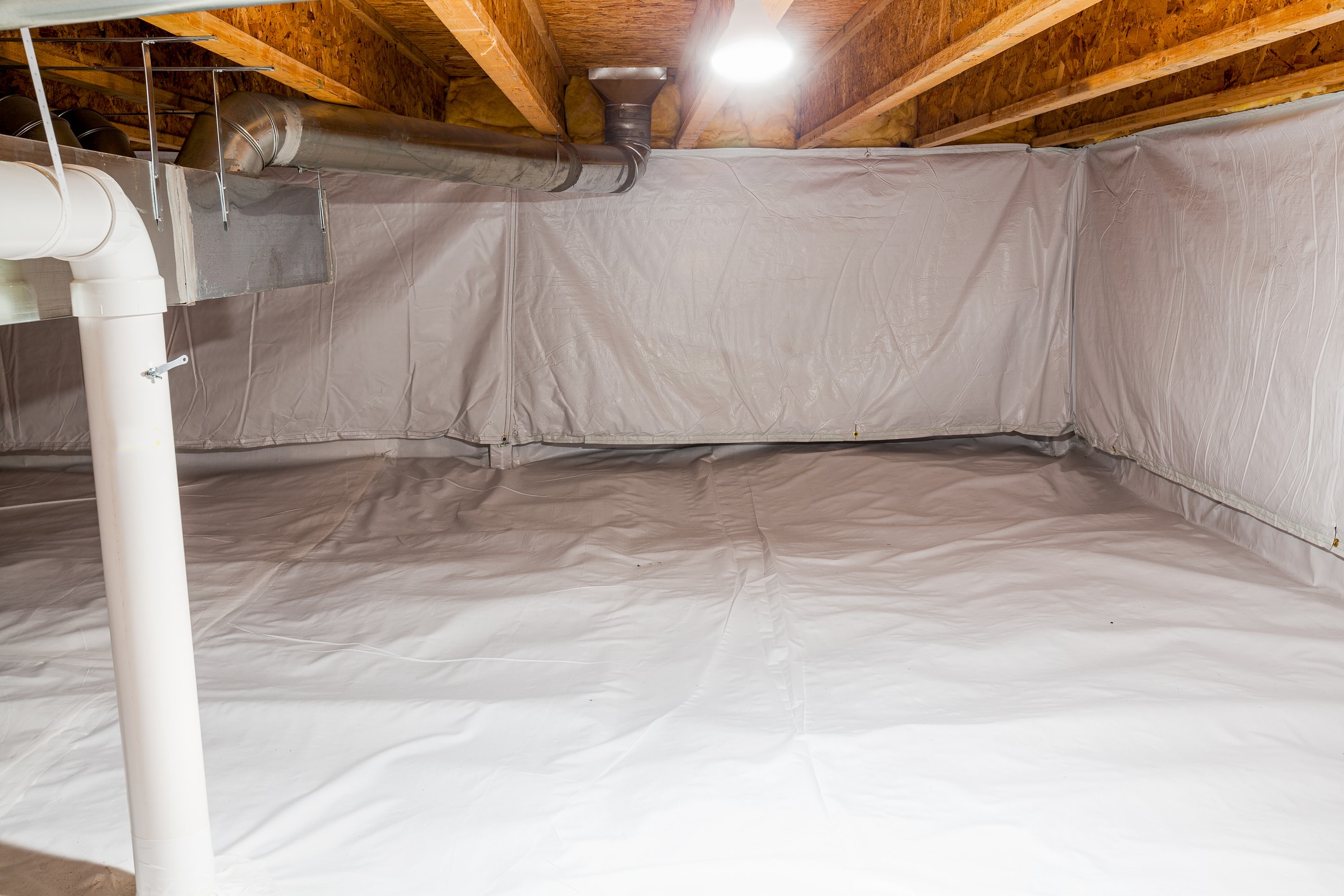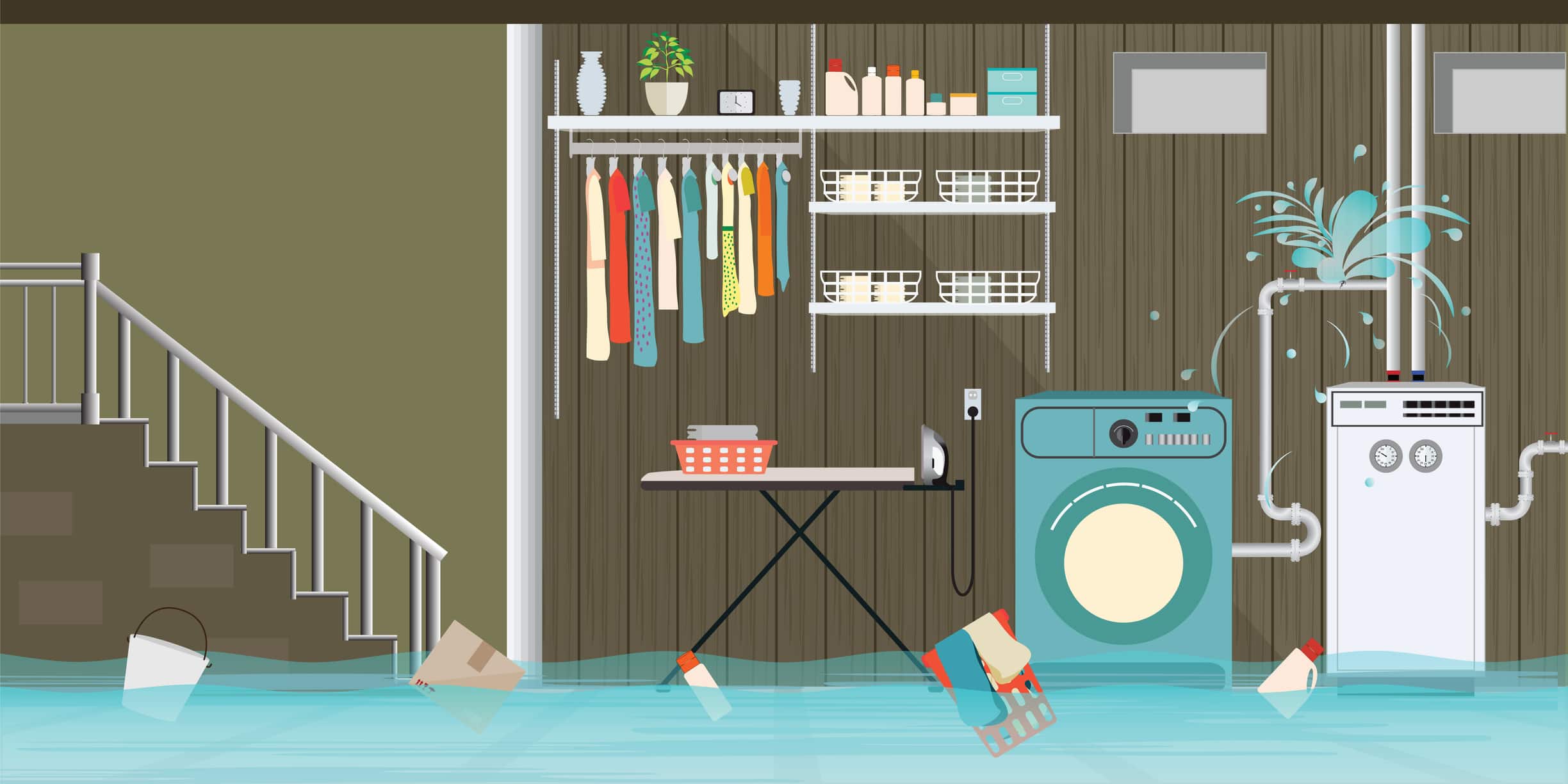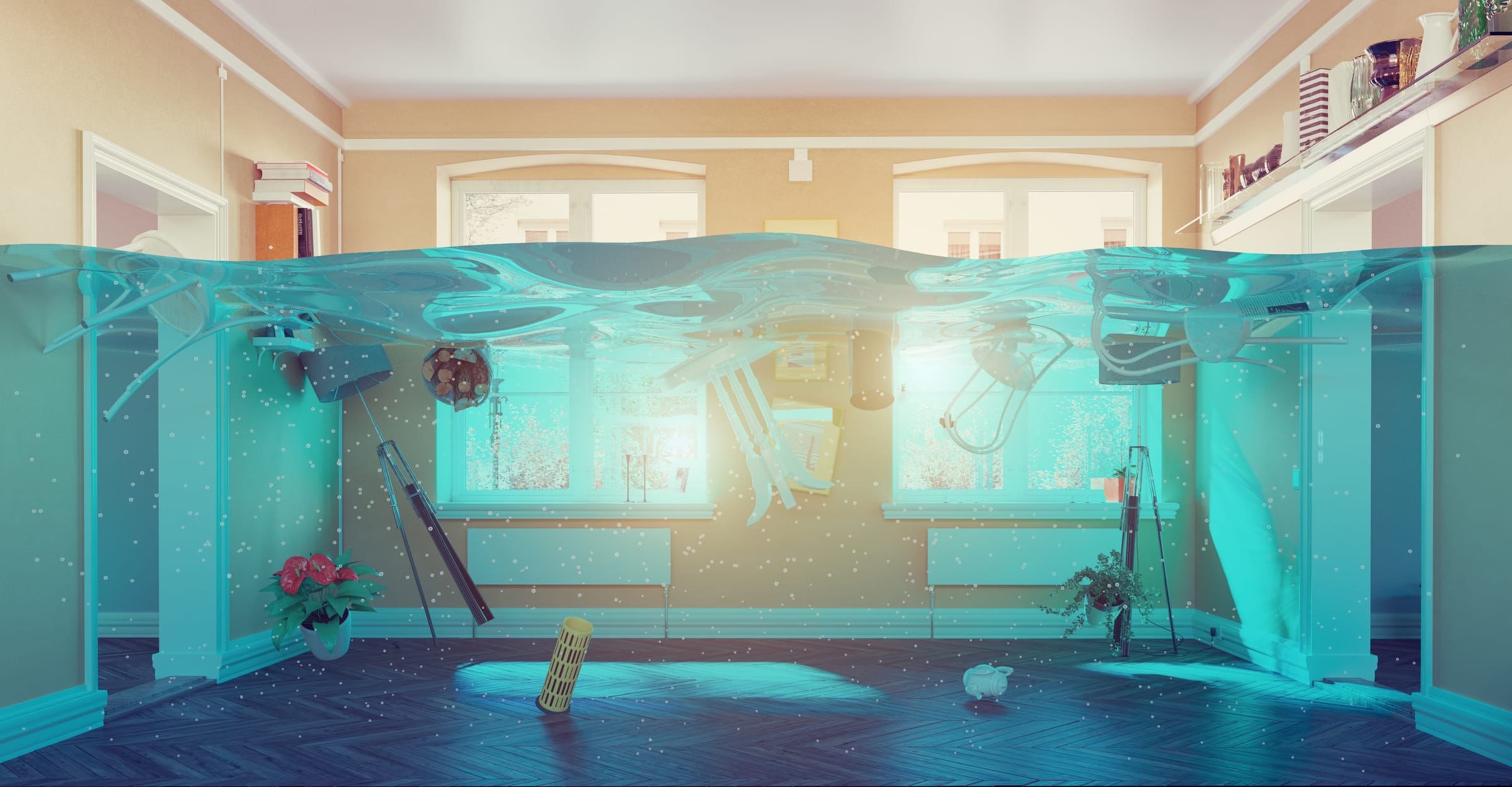Moisture-related damage is one of the most common yet overlooked issues in many homes, and it can lead to devastating consequences like mold growth, weakened structures, and unhealthy indoor air quality. If you want to protect your home and enjoy a comfortable living space, installing vapor barriers is a smart and sustainable solution.
Pet-Safe Water Damage Solutions in Loveland
Loveland pet owners, we know that your furry, feathered, or scaly friends are more than just animals – they’re beloved family members. So when water damage strikes your home, it’s not just about protecting your property; it’s about ensuring the safety and well-being of every family member, including those with paws, claws, or wings. Let’s dive into how to handle water damage with your pets in mind, ensuring everyone stays safe and healthy.
First Steps to Take
First things first: when you discover water damage in your home, keeping your pets away from the affected area is crucial. This isn’t just about preventing them from making the mess worse (although that’s certainly a concern). Standing water can be a health hazard for your pets. It might contain harmful bacteria, chemicals, or even electrical currents if the water has come into contact with outlets or appliances. Your curious cat or adventurous dog could easily get into trouble by licking, stepping in, or swimming in contaminated water.
How to Keep Pets Safe
But keeping pets away from water-damaged areas is often easier said than done, especially if the damage is extensive or in a frequently used area of your home. This is where the top water mitigation services in Loveland come in handy. These professionals understand that you’re not just dealing with property damage – you’re trying to maintain a safe environment for your entire family, pets included.
When searching for a water damage restoration company nearby, don’t hesitate to ask about their pet-friendly practices. Many companies now use eco-friendly, pet-safe cleaning solutions and restoration methods. These products are designed to be effective against water damage and mold growth while being safe for pets (and humans) to be around. It’s a win-win: your home gets restored, and your pets stay safe.
Pet-Friendly Water Damage Restoration Process
A pet-friendly water damage restoration process typically involves several steps:
- Secure the affected area: The team will ensure your pets can’t access it by using baby gates, closed doors, or temporary barriers.
- Water extraction: Using powerful pumps and vacuums, they’ll remove standing water.
- Drying process: Industrial-strength fans and dehumidifiers will be used. While these machines are effective, they can be noisy and unsettling for pets. A good restoration company will work with you to minimize stress on your animals.
- Cleaning and sanitizing: The restoration team will use antimicrobial treatments to prevent mold growth and eliminate any harmful bacteria. Pet-safe products are crucial here to ensure that your pets can safely return to the area without exposure to harsh chemicals.
Tips for Keeping Pets Calm During Restoration
But what about during the restoration process itself? Pets can be sensitive to changes in their environment, and the noise, strange smells, and unfamiliar people coming and going can be stressful for them. Here are a few tips to help your pets cope:
- Consider arranging for your pet to stay with a friend or family member or at a pet hotel during the most disruptive parts of the restoration process. This can be especially helpful for anxious pets or those with health issues.
- If your pet needs to stay home, set up a safe, comfortable space as far from the restoration work as possible. Stock it with their favorite toys, bedding, and plenty of fresh water.
- Try to maintain your pet’s regular routine as much as possible. Regular meal times, walks, and play sessions can help reduce stress.
- For cats, consider using pheromone diffusers to create a calming environment. For dogs, calming treats or a ThunderShirt might help ease anxiety.
- If you have exotic pets like birds or reptiles, be extra cautious about temperature fluctuations and air quality during the restoration process. You might need to temporarily relocate heat lamps or adjust enclosures to ensure your pets stay comfortable.
Considerations for Vulnerable Pets
It’s also worth noting that some pets might be more susceptible to mold-related health issues. Brachycephalic dogs (those with short snouts), cats with asthma, and birds with sensitive respiratory systems can be particularly vulnerable. This is another reason why thorough, professional water damage restoration is so important – it’s not just about preventing property damage, but about protecting the long-term health of your pets.
After the restoration is complete, take some time to pet-proof the restored area. Check for any small objects that might have been left behind during the restoration process, ensure all cleaning products are safely stored away, and double-check that there are no loose wires or other hazards that curious pets might investigate.
Final Thoughts
Remember, the stress of dealing with water damage can affect your pets too. They’re sensitive to your emotions and can pick up on your anxiety. Try to remain calm and positive around your pets, even if you’re feeling overwhelmed by the situation. Your furry friends will appreciate the reassurance.
Loveland is known for its love of animals – after all, we’re home to several beautiful natural areas perfect for dog walking, and our community is full of pet lovers. That’s why it’s so important to choose a water damage restoration company that understands and respects the bond between pets and their humans.
By choosing pet-safe water damage solutions, you’re not just protecting your home – you’re looking out for every member of your family, furry or not. With the right approach and the help of top water mitigation services in Loveland, you can navigate water damage restoration while keeping your pets safe, healthy, and happy. After all, a home isn’t just a building – it’s wherever you and your beloved pets are together, safe and sound.



